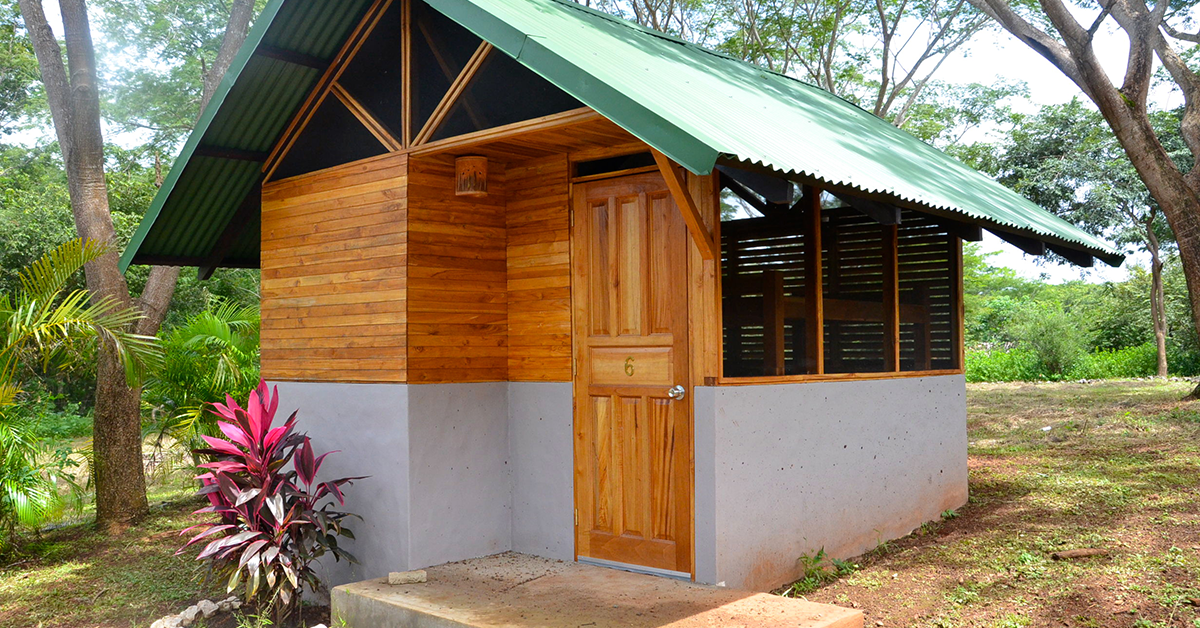
Tiny Houses Bring Solutions During COVID-19
The construction of tiny houses has been one of the creative ways that states across the US have addressed the shortage of affordable housing. Architect Magazine shares that California is leading the tiny house trend, but states like Texas and Florida are also seeing tiny house booms. There has been a nationwide push to change zoning laws so that tiny houses, also referred to as Accessory Dwelling Units or ADUs, can be built in backyards to be used by aging parents.
In many ways this small housing trend happened at exactly the right time. The COVID-19 pandemic, and the uncertain financial outlook it brings with it, has many homebuyers seeking more affordable housing choices. Since most tiny homes sell from between $40,000 – $100,000, this means a lower mortgage and more money leftover at the end of each month. Tiny homes are also providing shelter for frontline workers and those that need a safe, inexpensive space to quarantine in.
Business Insider interviewed Tim and Sam, the authors of the blog Tiffany the Tiny Home. The couple have been sheltering-in-place in their tiny home and feel that living in the small space actually made preparing for quarantine stockpiling easier. “They’ve learned how to maximize every nook and cranny by including DIY shelving, creating built-in shelves, and having organizers everywhere.” They also shared that they felt they would be better able to weather the potential, future hardships COVID-19 might bring because they already have a small cost of living.
Since most open houses and in-person tours are currently on hold, home buyers interested in purchasing and moving into a tiny home during COVID-19 restrictions will need to do so entirely online using websites like Tiny House Listings. Since tiny home builders typically build from a standard model, buyers purchasing a used tiny home can also request specs from the original manufacturer.
If you don’t find what you’re looking for already listed, or just prefer to buy new, you can order your home directly from a tiny home manufacturer. Because they are quick to build, typically taking 30-45 days to develop, you can place your order as soon as you hear that shelter-in-place restrictions are lifted and move in as early as the following month.
In Lancaster, Pennsylvania, a campground known as Tiny Estates is filled with tiny houses. These tiny homes are typically rented by vacationers set to attend local summer events, but with new travel bans and social distancing protocols, those events have been canceled and many units at Tiny Estates have been left empty.
The state’s governor mandated the closing of non-essential business on March 19th in Lancaster, but Tiny Estates fits the definition of RV Park and has been allowed to remain open while hotels and other lodging options have been forced to close. Because Tiny Estates, and other communities like it, offer no contact check-in and check-out procedures, they are ideal for essential workers or people who might need to temporarily isolate from their families after exposure to the virus.
Rachel Wood, in the article “Tiny Houses Fill Big Need as Short-term COVID-19 Quarantine Lodgings” stated that after her daughter Alison had visited a friend “we wanted to quarantine her for a few days. We decided to do Tiny Estates, because in hotels, you have to walk through the lobby and interact with people. We felt it was a safe and secure place for her to stay.”
For additional information on tiny house living please check out Realtor.com’s “How to Buy a Tiny House: A Miniguide to Going Small” and visit resources like and Tiny House Community.
Time to Focus on Affordable Housing
Taxes on real estate are not the answer. Sign the petition calling on Congress to address our country’s housing shortage.





